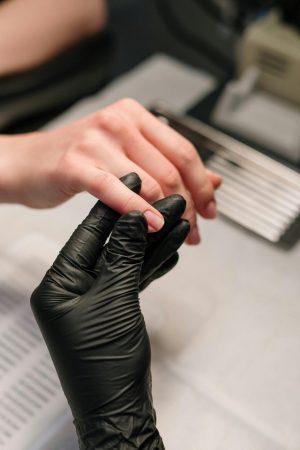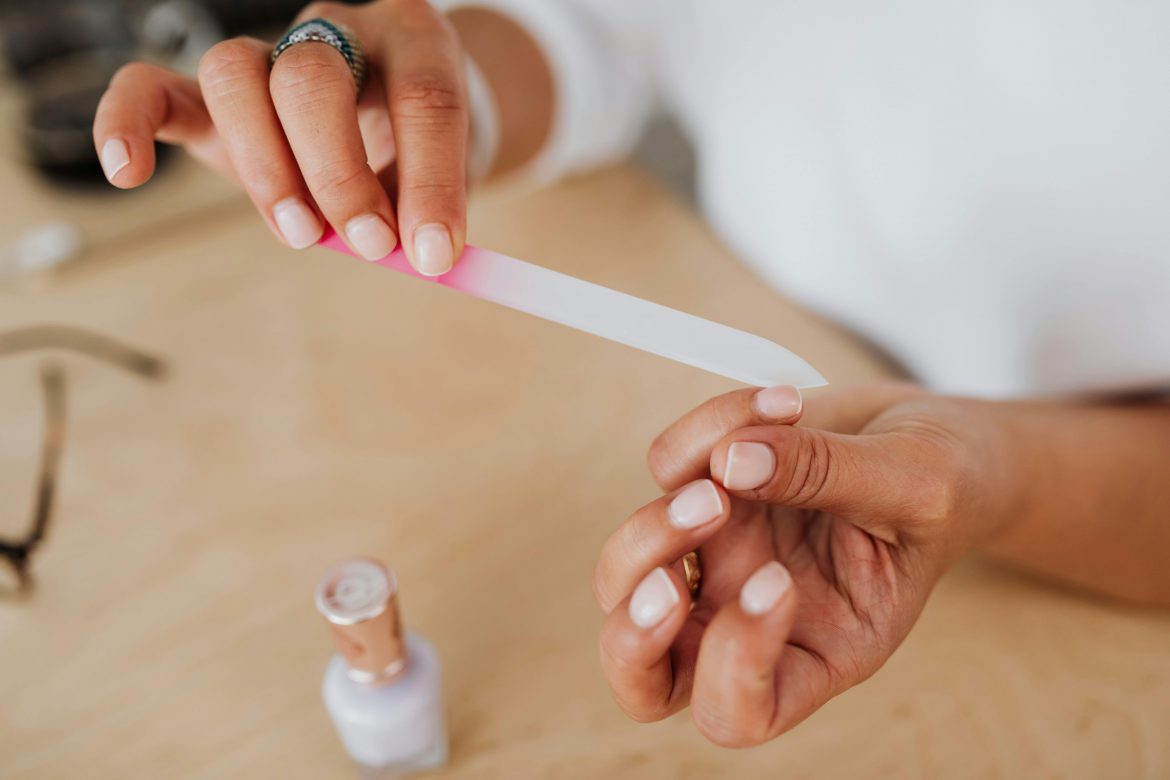Nail fungus is often only caught after severe symptoms such as thick, discoloured, and crumbling nails start to appear. However, it can be identified much earlier, if you know what to look for…
Early detection and diagnosis is key to preventing a long battle with nail fungus. If you catch it before it can spread, your options for treatment will be simpler.
How to identify nail fungus
Identifying nail fungus, or ‘onychomycosis’, involves looking for specific signs and symptoms. Here are some key characteristics to help you identify if you might have nail fungus:
Changes in nail colour: One of the first signs of nail fungus to watch out for is a change in the colour of the nail. Nails may turn white, yellow, brown, or black. Sometimes, the colour change may start as a small spot and gradually spread across the whole nail.
Thickening of the nail: Nails affected by fungus often become thicker, which can make them difficult to trim and cause discomfort in shoes.
Brittle, crumbly or ragged nail: Infected nails may break easily and may appear ragged or crumbly at the edges.
Distorted shape: The shape of the nail may change; it might become warped or oddly shaped.
A foul smell: There might be a slightly foul odour coming from the infected nail.
Pain: In some cases, the nail might become painful, especially when pressure is applied to the nail or the nail becomes severely thickened.
Nail lifting: The nail may separate from the nail bed, a condition known as onycholysis. You might notice a gap under the nail, and it can collect debris.

Pexels
What to do next
If you notice any of these symptoms, your next step would be to consult a medical professional – your GP, dermatologist or podiatrist. They can confirm a diagnosis with a visual inspection and may take a nail clipping to examine under a microscope or send for laboratory analysis to verify the presence of fungus.
Treatment of nail fungus
Treatment options vary depending on the severity and type of fungus.
Over-the-counter antifungal treatments may be used for mild cases, but more severe cases might require prescription antifungal medications, either topical or oral.
Many people have claimed that a daily application of Vicks Vaporub may help to eliminate fungus.
In some situations, removal of the affected nail might be recommended. As we said, early detection and treatment can improve the effectiveness of treatments and potentially speed up recovery, so if you suspect nail fungus, seeking a professional diagnosis is a good step.
ALSO SEE:
Feature Image: Pexels

